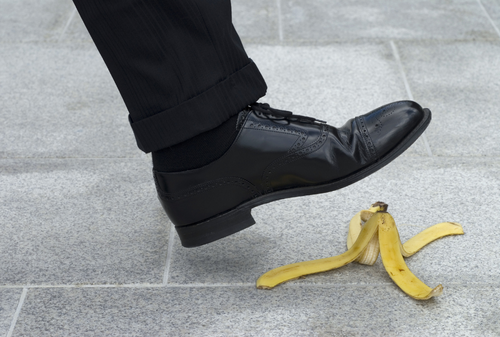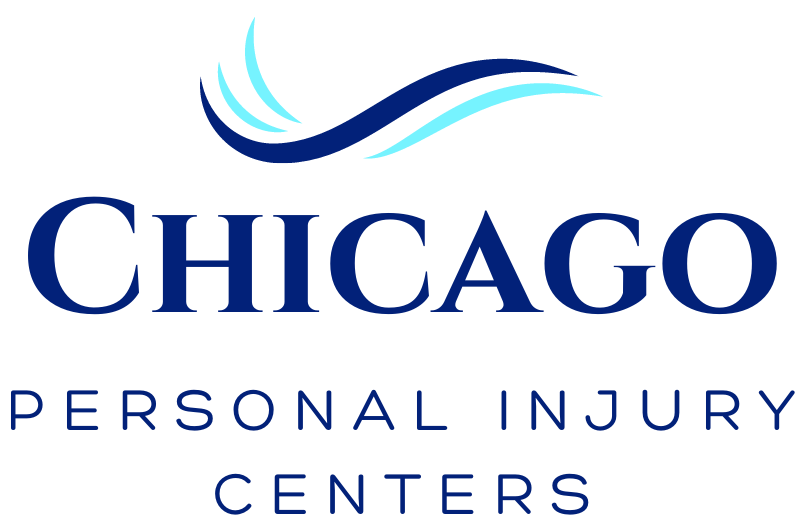Slip and fall accidents are among the most common causes of injuries, affecting people of all ages. These accidents can occur anywhere—at home, in the workplace, or in public spaces—and often result in a wide range of injuries, some of which can be severe and life-altering.
Understanding the types of injuries that commonly result from slip and fall accidents is crucial for both prevention and effective treatment. In this read, we will provide an overview of the most common injuries sustained in slip and fall accidents and the standard approaches to their treatment.
Common Types of Slip and Fall Injuries
Common types of slip and fall injuries include fractures, sprains, head injuries, spinal injuries, and soft tissue damage, each requiring prompt medical attention for proper recovery. Here we will discuss the most common injuries, as well as the best treatments.
1. Head Injuries
Head injuries from slip and fall accidents can range from mild concussions to severe traumatic brain injuries (TBIs), often leading to symptoms like dizziness, headaches, and memory loss.
Types of Head Injuries
Head injuries are a serious concern in slip and fall accidents, with concussions, traumatic brain injuries (TBIs), and skull fractures being the most common. Concussions occur when the brain is jolted inside the skull, leading to temporary loss of normal brain function.
Traumatic brain injuries are more severe and can result in long-term complications or death. Skull fractures, which involve a break in one of the skull bones, can also lead to brain damage if not treated promptly.
Symptoms
Symptoms of head injuries can vary depending on the severity of the injury but often include headaches, dizziness, confusion, nausea, and, in more severe cases, loss of consciousness. Some individuals may experience blurred vision, ringing in the ears, or changes in behavior. It is critical to seek immediate medical attention if you experience these symptoms after a fall.
Diagnosis
To accurately diagnose head injuries, medical professionals often rely on imaging techniques such as CT scans and MRIs. These tools allow doctors to view the brain and skull in detail, helping to identify any fractures, bleeding, or swelling that may require treatment.
Treatment Options
Treatment for head injuries depends on the type and severity of the injury. Mild concussions may require rest and monitoring, while more severe TBIs might necessitate medication to control symptoms such as headaches and seizures. In cases of skull fractures or severe brain injuries, surgery may be required to relieve pressure on the brain or repair fractures.
2. Spinal Injuries
Spinal injuries from slip and fall accidents can result in conditions like herniated discs or spinal fractures, leading to chronic pain, limited mobility, and, in severe cases, paralysis.
Types of Spinal Injuries
Spinal injuries are another common consequence of slip and fall accidents, with herniated discs, spinal fractures, and spinal cord injuries being the most prevalent. A herniated disc occurs when the soft tissue between the vertebrae is displaced, causing pain and discomfort.
Spinal fractures can range from minor cracks to severe breaks, while spinal cord injuries can lead to partial or complete paralysis.
Symptoms
Symptoms of spinal injuries can include back pain, numbness, tingling in the extremities, and, in severe cases, paralysis. Individuals may also experience muscle weakness, difficulty walking, or loss of bladder and bowel control, depending on the location and severity of the injury.
Diagnosis
Diagnosing spinal injuries typically involves a combination of physical exams and imaging tests such as X-rays and MRIs. These tools help medical professionals assess the extent of the injury and determine the most appropriate course of treatment.
Treatment Options
Treatment for spinal injuries varies depending on the injury’s severity. Mild cases may be managed with physical therapy and pain management techniques, while more severe injuries might require surgical intervention to stabilize the spine or relieve pressure on the spinal cord. Long-term rehabilitation is often necessary to regain mobility and function.
3. Fractures and Broken Bones
Fractures and broken bones are common in slip and fall accidents, often affecting the wrists, hips, and ankles, leading to significant pain, swelling, and the need for immobilization or surgery for proper healing.
Common Fractures
Fractures are a frequent outcome of slip and fall accidents, with the wrists, arms, hips, and ankles being the most commonly affected areas. These fractures can range from simple breaks that require minimal intervention to complex fractures that necessitate surgery and prolonged rehabilitation.
Symptoms
The symptoms of fractures include severe pain, swelling, bruising, and an inability to move the affected limb. In some situations, the bone may protrude through the skin, requiring immediate emergency care.
Diagnosis
Fractures are typically diagnosed through physical exams and imaging tests like X-rays. These tools allow doctors to determine the exact location and severity of the break, guiding the treatment process.
Treatment Options
Treatment for fractures depends on the type and location of the break. Simple fractures may be treated with casting or splinting to immobilize the bone and allow it to heal. More complex fractures may require surgical intervention, where metal rods, plates, or screws are used to stabilize the bone.
After the initial treatment, rehabilitation is often necessary to restore strength and mobility to the affected area.
4. Soft Tissue Injuries
Soft tissue injuries from slip and fall accidents, such as sprains, strains, and bruises, can cause pain, swelling, and limited mobility, often requiring rest, physical therapy, and pain management for recovery.
Types of Soft Tissue Injuries
Soft tissue injuries, including sprains, strains, and tears, are common in slip and fall accidents. These injuries often affect the wrists, knees, and ankles and can result in significant pain and disability.
Symptoms
Symptoms of soft tissue injuries include pain, swelling, bruising, and limited mobility. Individuals may also experience a “popping” sensation at the time of injury, indicating a tear or rupture of the tissue.
Diagnosis
Soft tissue injuries are typically diagnosed through physical exams, where doctors assess the range of motion and the level of pain. In some cases, ultrasounds or MRIs may be used to get a clearer picture of the injury.
Treatment Options
The RICE method—Rest, Ice, Compression, and Elevation—is often the first line of treatment for soft tissue injuries. In more severe cases, physical therapy and pain management techniques may be required to restore function. Surgery is sometimes necessary if the tissue is severely torn.
5. Hip Injuries
Hip injuries from slip and fall accidents, particularly in older adults, can result in serious conditions like hip fractures or dislocations, often requiring surgery and extensive rehabilitation to restore mobility and function.
Types of Hip Injuries
Hip injuries, particularly in older adults, are a significant risk in slip and fall accidents. Common injuries include hip fractures and dislocations, which can have long-term consequences if not treated promptly.
Symptoms
Symptoms of hip injuries include intense pain, an inability to walk, and stiffness in the hip area. Sometimes, the leg on the affected area may become shorter or turned outward.
Diagnosis
Hip injuries are typically diagnosed using X-rays and CT scans, which help doctors determine the exact nature of the injury. Physical assessments are also used to evaluate the patient’s mobility and pain levels.
Treatment Options
Treatment for hip injuries often involves surgery, especially in the case of fractures. Hip replacement or repair surgeries may be required, followed by extensive physical therapy to restore mobility. Long-term rehabilitation is crucial to ensure a full recovery and prevent future falls.
6. Psychological Impact
The psychological impact of slip and fall accidents can include anxiety, depression, and a heightened fear of falling again, often necessitating mental health support and therapy as part of the overall recovery process.
Emotional and Psychological Effects
In addition to physical injuries, slip and fall accidents can have a profound psychological impact. Victims may experience anxiety, depression, and a fear of falling again, which can affect their quality of life.
Importance of Mental Health Care
Addressing the psychological effects of a slip and fall injury is an essential part of the recovery process. Ignoring these issues can lead to long-term emotional difficulties and hinder physical recovery.
Treatment Options
Counseling, therapy, and support groups are valuable resources for individuals dealing with the psychological impact of a slip and fall accident. These treatments can help victims cope with their fears and anxieties, promoting a healthier and more complete recovery.
Get the Right Treatment for Your Slip and Fall Injuries Today!
Slip and fall accidents can result in a wide range of injuries, from head and spinal injuries to fractures and soft tissue damage. It is essential to seek immediate medical attention after a fall to ensure proper diagnosis and treatment.
If you or a loved one has been injured in a slip and fall accident, contact our personal injury treatment center, Chicago Personal Injury Centers (773) 482-5800, for a comprehensive evaluation and personalized treatment.


